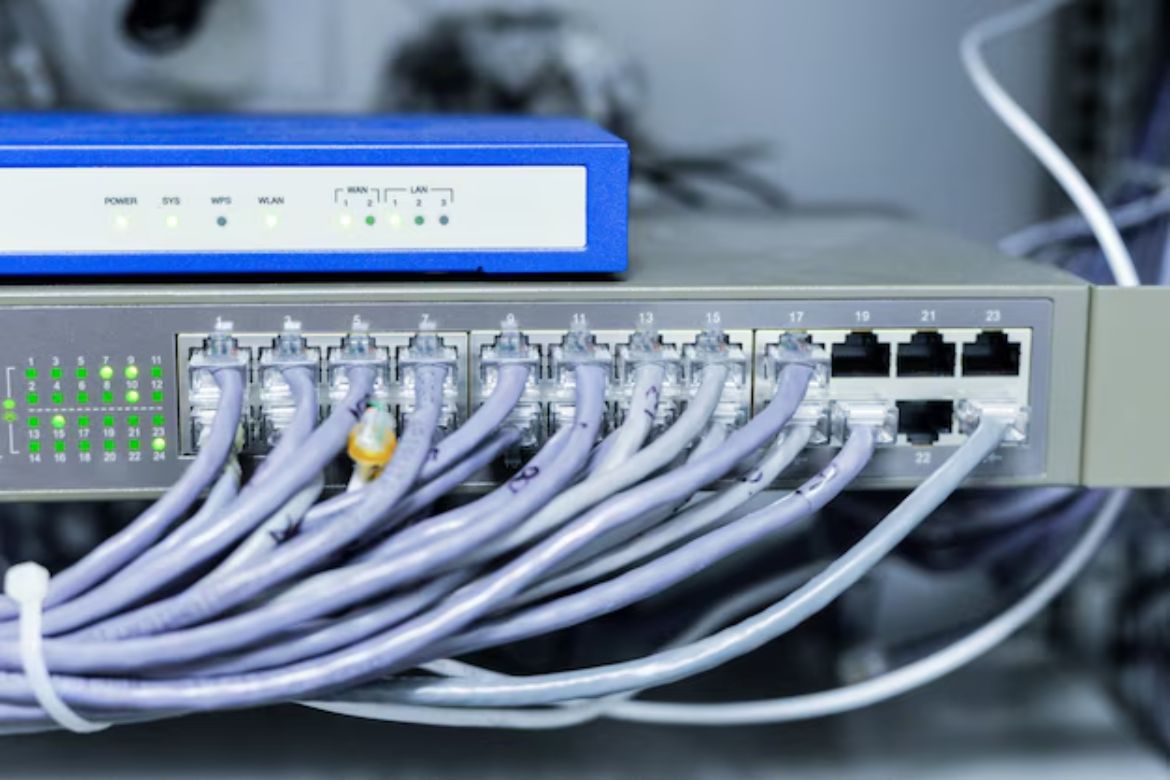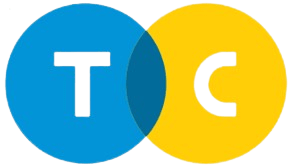Fiber optic technology has transformed the way data is transmitted, providing high-speed and reliable connectivity for telecommunications, data centers, and broadband networks. Whether you’re installing an aerial fiber optic system or setting up an underground network, selecting the right cable type and components is essential for efficiency and durability.
In this guide, we’ll explore the different types of fiber optic cables, their components, and the best applications for each.
1. Types of Fiber Optic Cables
All-Dielectric Self-Supporting (ADSS) Cable
ADSS cables are designed for aerial installations without requiring additional support structures. They are:
· Non-metallic, making them resistant to lightning and electromagnetic interference.
· Highly durable, capable of withstanding harsh weather conditions.
· Ideal for power utility and telecom networks, providing a stable connection over long distances.
Underground Fiber Optic Cable
Used for high-speed data transmission beneath the ground, these cables:
· Are shielded against physical damage and weather conditions.
· Support long-distance data transmission without signal degradation.
· Are commonly used in urban and rural broadband networks.
Buried Fiber Optic Cable
Unlike underground cables, buried fiber optic cables are laid directly into the ground without additional conduits. They are:
· Cost-effective for large-scale installations.
· Protected against environmental factors like moisture and extreme temperatures.
· Used in telecom networks and fiber-to-the-home (FTTH) projects.
Drop Cable
Drop cables are essential for last-mile connectivity in FTTH and broadband networks. They are:
· Lightweight and flexible, making installation easier.
· Designed for direct connections to homes and businesses.
· Reliable for high-speed internet and telecommunication services.
2. Essential Fiber Optic Components
MPO Patch Cord
MPO (Multi-Fiber Push-On) patch cords are high-performance fiber cables used in data centers and high-speed networks. They offer:
· High fiber density, supporting up to 12 or 24 fibers in a single connector.
· Fast and easy installation, reducing downtime.
· Improved efficiency in high-bandwidth applications like cloud computing.
High Modulus Aramid Yarn
This reinforcement material is used in fiber optic cables to provide:
· Superior tensile strength, ensuring durability.
· Resistance to stretching and bending, reducing the risk of cable damage.
· Lightweight flexibility, making it ideal for both indoor and outdoor applications.
Aluminum Clad Steel Wire (ACSW)
Used in fiber optic cable reinforcement, ACSW provides:
· High corrosion resistance, making it ideal for outdoor installations.
· Strong mechanical support, preventing cable breakage.
· Electrical conductivity, which can be beneficial in specific applications.
Multimedia Boxes
Multimedia boxes serve as fiber optic cable enclosures, offering:
· Secure cable management, preventing damage and disorganization.
· Easy access for maintenance, improving network efficiency.
· Compatibility with multiple cable types, making them versatile for different installations.
3. Choosing the Right Fiber Optic Cable
When selecting fiber optic cables, consider the following factors:
· Installation Environment: Will the cables be used aerially, underground, or indoors?
· Durability Requirements: Will they be exposed to harsh weather, moisture, or mechanical stress?
· Bandwidth Needs: Are they for high-speed data centers or standard broadband connections?
· Budget Considerations: Are you looking for cost-effective or high-performance solutions?
4. The Future of Fiber Optics
With the growing demand for high-speed internet and advanced telecommunications, fiber optic technology is continuously evolving. Choosing the right cables and components ensures long-term performance, reliability, and efficiency in any network setup.
For premium fiber optic solutions, visit SDGI today!

